The Brazilian Cerrado is an immense savanna in the center of Brazil, stretching across multiple states. Moreover, the World Wildlife Fund declared it to be the world’s biologically richest savanna, containing 5 percent of all animals and plants on the planet.
Today, the Cerrado is known for more than just its diverse biome, as its high-lying flat area attracted farmers who among other crops began planting coffee. This is a story of how one of the youngest Brazilian coffee-producing regions evolved into a coffee powerhouse.
Even though African savannah’s are much closer to my home country of Slovenia, the Brazilian Cerrado in the state of Minas Gerais was the first savanna I visited. It was late September 2020, and I arrived during the peak of the dry season. The grass was brown and the trees mostly barren — a striking contrast to the green and healthy savanna I was to see three months later. But there was beauty in this hibernating nature too. Coffee trees were in full bloom and their white blossoms looked like a melting layer of snow over otherwise green plants.
Today, the Cerrado in Minas Gerais (Cerrado Mineiro) is a renowned coffee-producing region, but that was not always the case. In the past, states like Sao Paulo or Paraná with its rich soil “Terra Roxa” were more popular for coffee production, but in the 60s, the Brazilian government decided to take advantage of the unexplored Cerrado Mineiro. It began urging farmers inland into the unknown by offering them land cheaply and establishing various supporting programs.
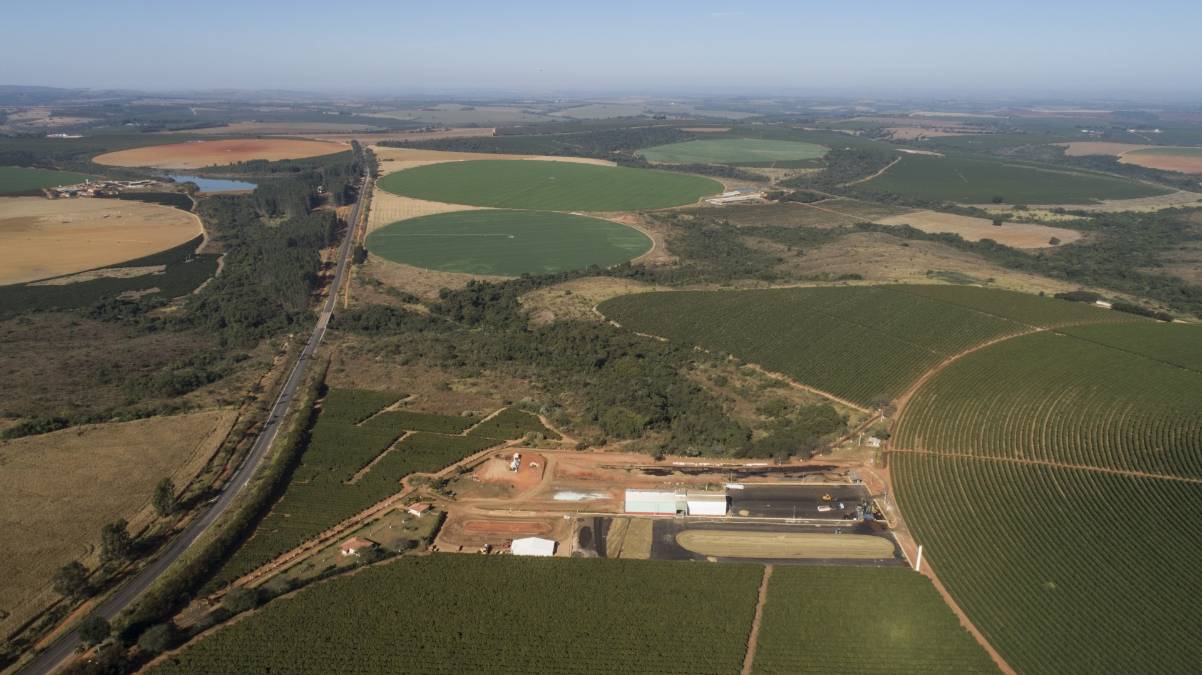
Ibelmon Dionísio Alves was one such adventurer. Today 84 years old, he has been active in the coffee sector for 60 years. Some of his plants are now over 30 years old, but the road to get where he is was bumpy. He left his home in the state of Bahia with his brothers, a sack of clothes and some money at the age of 18. Their trip could be the plot of a good movie — driving in the back of a truck, walking for 18 km to reach a train station in Sao Paulo from where they then rode a train to the state of Paraná. There, Ibelmon met his future wife and learned most of what he knows today about coffee — first as a hand picker, then as a farm manager.
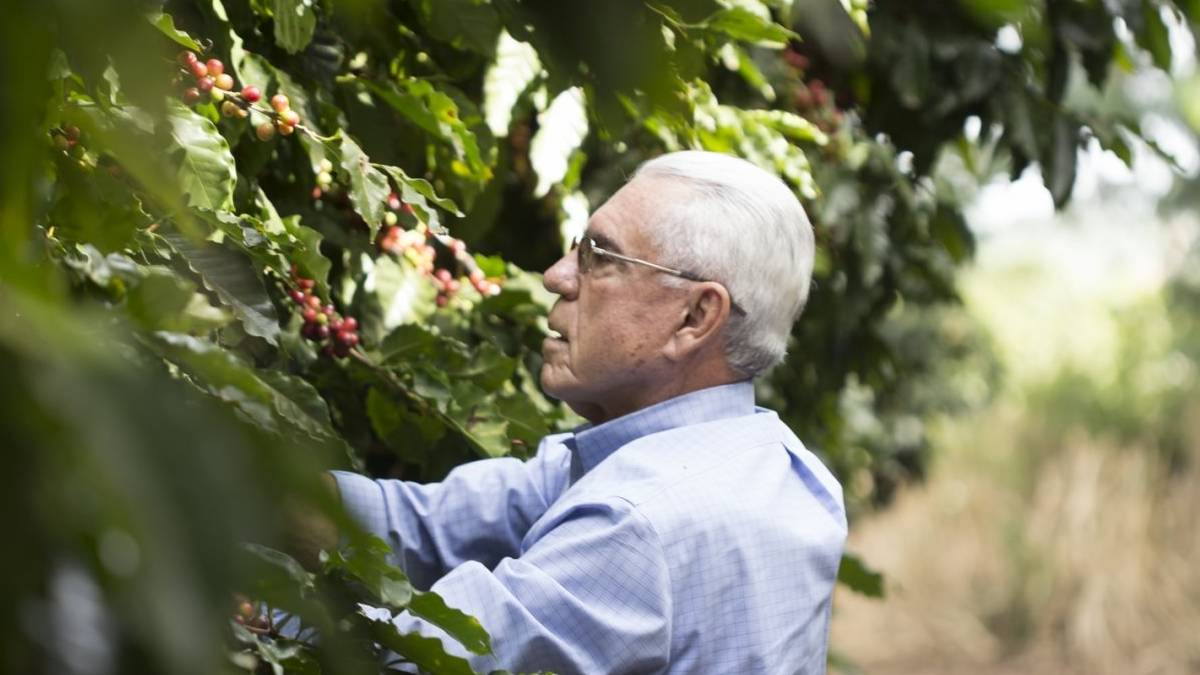
Paraná is one of the smaller coffee-producing states, accounting for around 3 per cent of Brazilian coffee, but that was not always the case. In the past, it produced more than half of all Brazilian coffee, which made it the biggest producer state. Unfortunately, Paraná lies a bit more towards the south and at lower altitudes and is therefore more susceptible to frost disease.
The black frost of 1975 changed the coffee agriculture in Paraná forever. Whereas “normal” frost only damages the tree for a season or two, black frost can destroy the tree, making it necessary to prune it extensively or plant a new one. Since the trees are ready for their first harvest about three years after extensive pruning or planting, such a plague poses a big problem not just to Brazilian farmers but to the global coffee market. Compared to the black frost of 2021, which destroyed around 40 per cent of crops in the affected areas, the black frost in 1975 is said to have destroyed over 70 per cent of Brazilian crops, doubling the price of coffee for two years.
This catastrophe coincided with the efforts of the government to relocate part of the population to the interior of Brazil, and many farmers heeded this urging. At first, Ibelmon persisted in Paraná, but diseases, pests and bad yields in the following years forced him to sell his farm and journey to the Cerrado in 1985 where he bought land.
José Carlos Grossi on the other hand was one of the earliest coffee growers in the Cerrado. As a third-generation coffee farmer, he left his father’s fields in Paraná and in 1972 planted his first coffee trees in Minas Gerais. As one of the earliest settlers in the unknown region, he had to deal with problems of a different nature.
The soil in the Cerrado was dystrophic and did not suit coffee trees. Additionally, the farmers couldn’t help themselves with the technological expertise for which Brazil is famous today as it was still in its infancy. It took José Carlos years of investing in his crops and almost going bankrupt before he began to reap the rewards of his hard work. However even in 1994, after 20 years of growing coffee in the Cerrado, the relationship between the soil and coffee varietals was still shrouded in mystery, so José had to do something different if he wanted to grow coffee of remarkable quality.
When I met with his eldest son, José Carlos Segundo, he told me that his father “set up experimental fields in partnership with some Brazilian institutions to develop genetic materials adapted to the climatic conditions and soil of the Cerrado.” The experiments revealed which coffee varietals proved most suitable for certain micro areas, and what minerals the soil needed for the coffee trees to do their best.
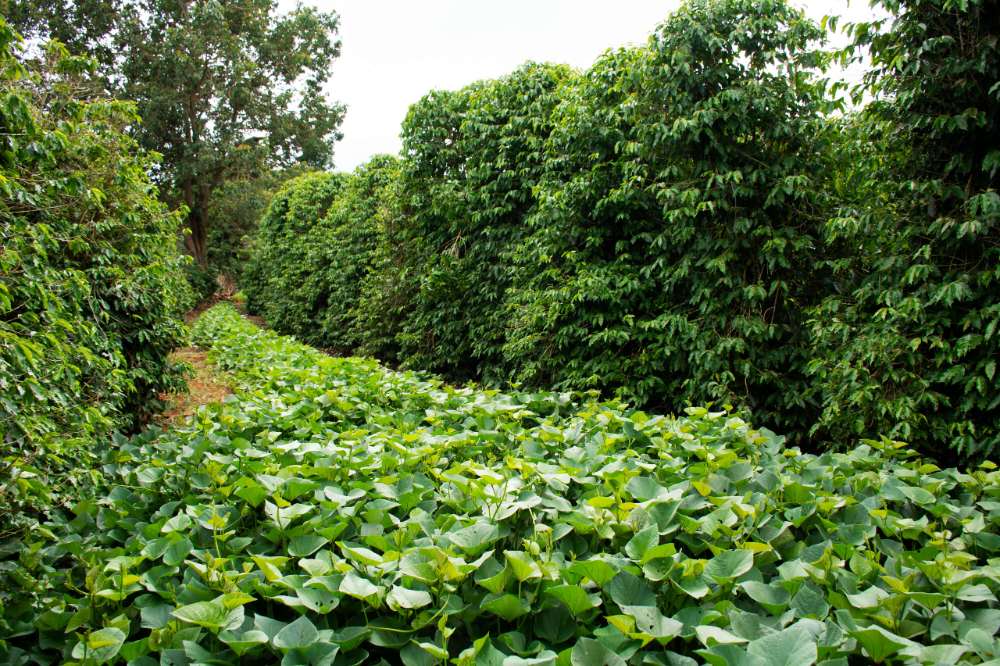
After finally mastering the local conditions, pioneers like José Carlos Grossi succeeded in growing coffees with unique profiles. The Cerrado might be the youngest coffee region in Brazil, but the farmers have made a name for themselves with their innovative approach to farming while keeping it sustainable as well. More than that, for farmers who want their coffee to bear the Região do Cerrado Mineiro seal, sustainability is a requirement. The Cerrado was the first Brazilian coffee region awarded with a Designation of Origin seal, giving it a status similar to French wine regions or the Italian Parmigiano Reggiano.
Região do Cerrado Mineiro is a foundation uniting cooperatives and coffee growers’ associations in the region. There are several qualifying criteria that a coffee producer must meet in order to bear the Designation of Origin seal. For example, the coffee must score more than 80 points on the Specialty Coffee Association scale of 100, the lowest altitude for growing coffee is 800 meters above sea level, the producer must sign a statement of responsibility and good practices.”

The foundation champions sustainability and traceability as it believes they are “a movement rather than a marketing strategy.” Correct soil management, reforestation, preservation of permanent reserve areas, as well as the preservation of riverbeds and springs, are becoming part of the culture in the Cerrado Mineiro. It is not rare to see a maned wolf, an owl or a snake looking for food amongst countless rows of coffee trees.
But what is coffee from this region actually like? It is generally low in acidity and has medium to full body with a creamy mouthfeel and an intense aftertaste. The flavor is usually nutty with hints of caramel, although it often reveals notes of chocolate as well. It is a balanced cup that many people around the world love, but that is not to say that the Cerrado cannot offer unique, much more complex coffees. One of the best I ever drank, with fruity aromas and winey flavor, came from a tree growing on José’s farm.
Cerrado de Minas is a region where tradition mixes with technology. Here you find small fazendas like Ibelmon’s farm, where beans, sugar canes, avocado and mango trees grow for personal use irregularly around the farm and among coffee trees.But you also find places like José’s farm: displays of meticulous care for the coffee trees growing in carefully arranged rows, the approach that has been the standard of high-quality Brazilian coffee for decades.
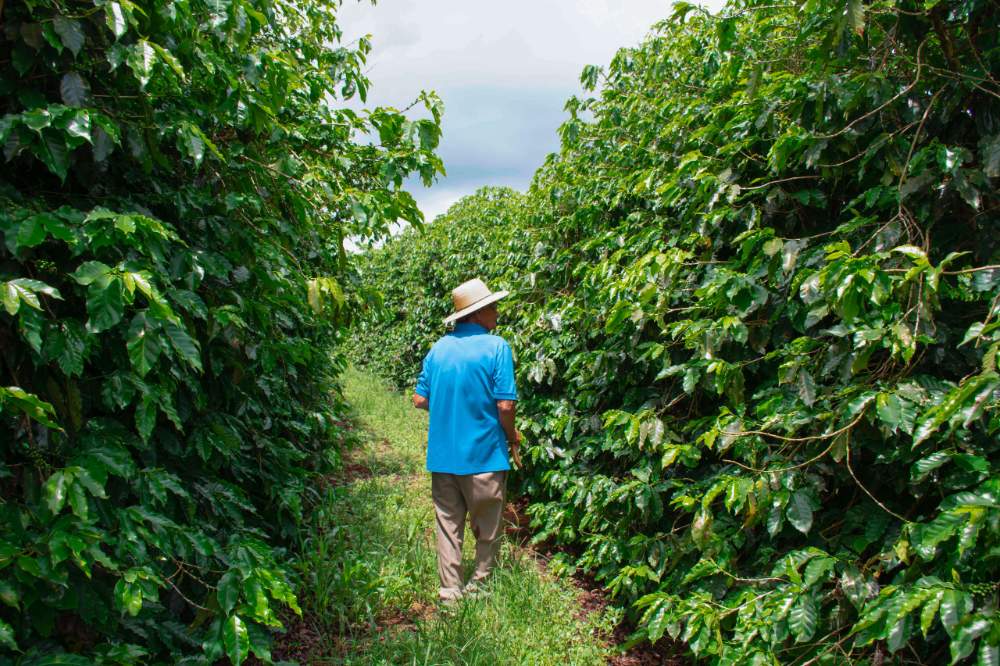
Seeing the endless rows of coffee trees is a unique and perspective-changing experience for a European like me. When talking to the producers, we learn of their hard work, and in an era of global warming, constant stress, none of which is conveyed on the product label when it arrives on the shelf in the grocery store. Yet in spite of the uncertain future, their faces display passion and love for what they do, the result of which is excellent coffee in our morning cups.
This article was written by Žiga Povše, a writer, translator, coffee importer and reseller. Žiga spent time cultivating his knowledge in the coffee growing regions of Brazil.

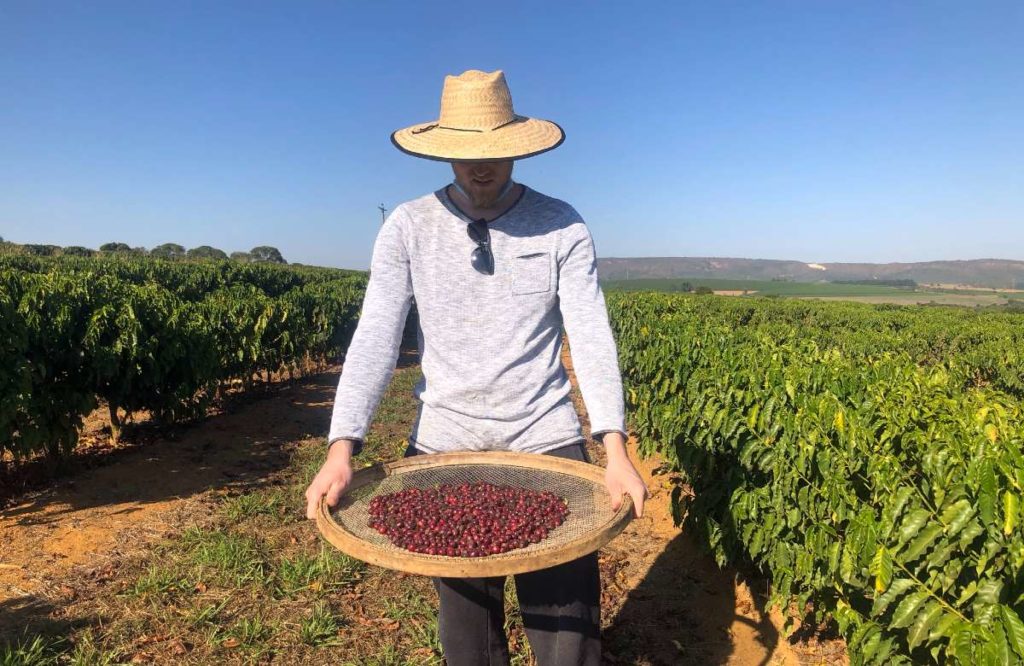



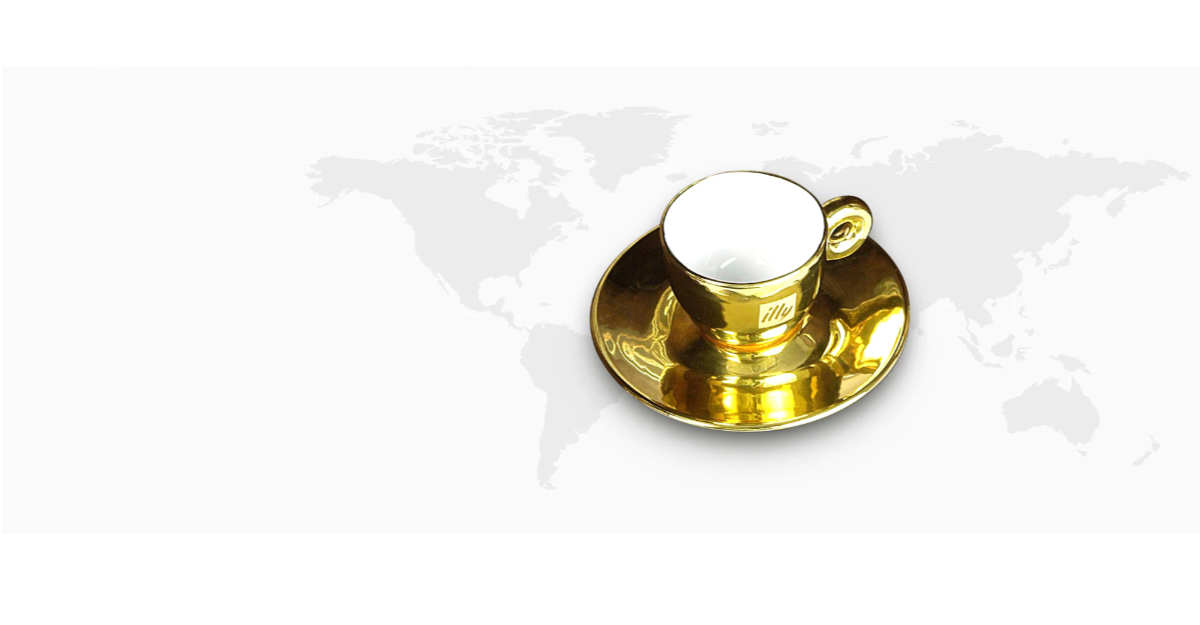

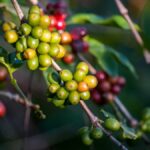
Congratz , how I wish I can really visit and explore the essence of coffee in your place so that I get the ideas and can help also in my community here in the philippines.